What could be more romantic on a snowy New Year’s Day than a trip on a steam train through beautiful Strathspey?
Especially when the trip is dubbed the Mince Pie Special.
I couldn’t resist the idea of steaming along in the Cairngorm National Park, mince pie and coffee in hand with panoramic views unfolding around me.
The heritage Strathspey Railway offers a number of these trips in the festive season along its 10 mile stretch from Aviemore to Broomhill via Boat of Garten.
I was excited. It was only my second time aboard a steam train, the first being so long ago I can’t remember much about it.
But I was up close and personal with the so-called Harry Potter steam train at Glenfinnan station once and had seen plenty of magnificent but lifeless steam trains in the National Railway Museum in York.
I imagined it could be a slightly rough and noisy experience and possibly cold.
The trip began at Aviemore station, and people were gathering on the platform.
Our carriages awaited, including ex-British Railways Mark 1s more than 60 years old, with at the end the so-called Coronation ‘Beavertail’ Observation Car, into which we were destined for our trip.
The locomotive hadn’t yet arrived, so we got into position on the platform to watch it come in.
I must be going soft in the head but seeing that loco steam in was a little emotional.
It’s just so impressive.
Loco 46464 is an Ivatt Class 2 2-6-0 engine, one of five built in Crewe in 1950.
It might have ended up a rusting heap after many years of service in Angus and Fife, but former LNER railway engineer Ian Fraser, whose family ran an engineering company in Arbroath, bought it in 1966.
Since then, Mr Fraser (now deceased) and his family, and individuals and groups including Strathspey Railway have laboured to maintain and restore it for more than half a century.
Loco 46464, at one time named the Carmyllie Pilot, finally made it back into service for the second time on the Strathspey railway last April.
For our trip it steamed in backwards to couple with the observation car, an arduous and steamy process for the rail man involved.
Now to board the Observation Car where we’re welcomed by Diarmid MacAulay of the SR catering team.
The seats are proper comfy armchairs and arranged along the sides of the carriage so you see a full 180 degrees effortlessly.
What makes it even more special is that this 90 year old Coronation carriage is one of only two in existence, and the only one in service today.
They were originally named to mark the coronation of Edward VIII, which of course never happened, so the concept was pivoted to mark the coronation of King George VI and Queen Elizabeth.
The history of the Coronation train
The Coronation train operated as a streamlined express passenger service between London King’s Cross and Edinburgh Waverley between 1937 and the outbreak of war in 1939, when the carriages were put into storage.
In 1956, our carriage transferred to the West Highland Line in 1956 where it remained in service until the 1960s.
Now beautifully restored to its original 1937 Art Deco interior it has seating for twenty two, with attended service.
What was I thinking about rough and noisy? We glided gently off, with minimal noise and a smooth ride that would be the envy of many a fast-accelerating, bumpy modern train with noisy air-conditioning.
The only drawback with the observation carriage at this time of year is the condensation which forms on the windows, so that our view was hazy with steam from the loco on the outside and condensation on the inside.
Diarmid manfully wiped down the windows and shared many fascinating titbits about the line as we steamed towards Boat of Garten.
There’s a bit of railway heritage to see as we pass the massive turntable brought from Oban, and a little further along, the fine 1898 engine shed.
The scenery is wooded and gentle.
I particularly loved the thought of the pretty white cottage which came into view being built from railway sleepers.
As Diarmid pointed out, this was the Woodcutter’s Cottage, with the local forester knowing a good source of building material when he saw it!
We arrived at Boat of Garten, where the train stops for 10 minutes to take on the all-important water to turn into steam to power us along.
The village grew from the railway which was established there in 1866 to open a line to Aberdeen.
There’s much to love at this station from the old advertising boards, to the delightful waiting room. If only they were like that these days.
After watching the engine take in water from a massive hose from the platform, we climb aboard again and glide off the short distance to Broomhill.
Here we halted and watched the loco detach from our carriage and beetle off a short way to join another line and pop around to the other end of the train.
From there, it hauled us back to Aviemore, the total trip lasting just under two hours.
The whole experience was magical and charming.
There’s a bride’s bouquet preserved in the observation car, from a couple who decided to get married on the train and stay there all afternoon.
2025 is a momentous year in railway history
I should also mention that the train had earlier sounded its whistle at length at midday, to join with heritage trains all over the country doing the same thing to mark the launch of Railway 200.
This celebrates 200 years since the opening of the Stockton and Darlington railway, something that would ultimately change our country and the world, forever.
It took a little longer for the Scottish railway network to take shape, with Aberdeen connected to the central belt in 1850.
In the Highlands, the revolutionary change came even later, with the advent of the Highland Railway Company in 1863.
For more on the Strathspey Railway:
Strathspey Railway: 160 years since the ‘iron horse’ first thundered through the Spey Valley
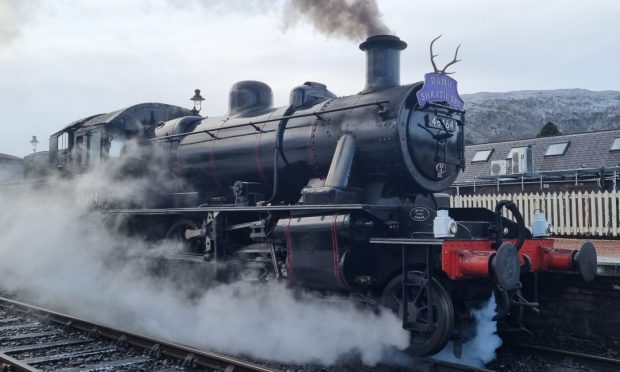
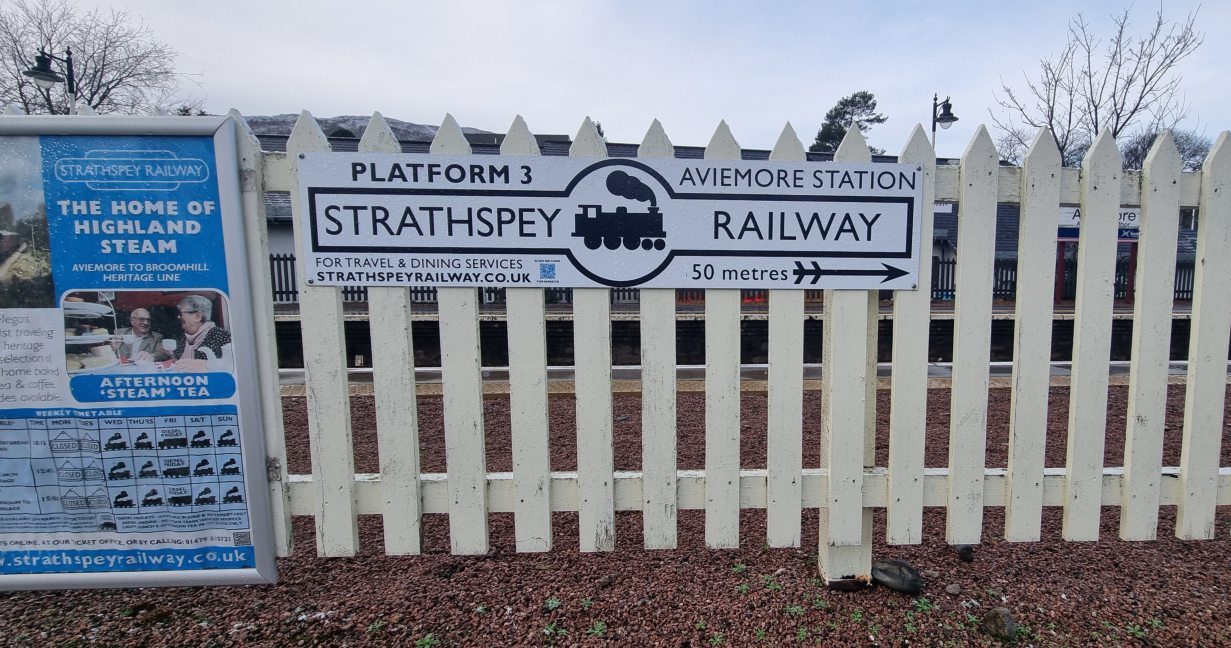
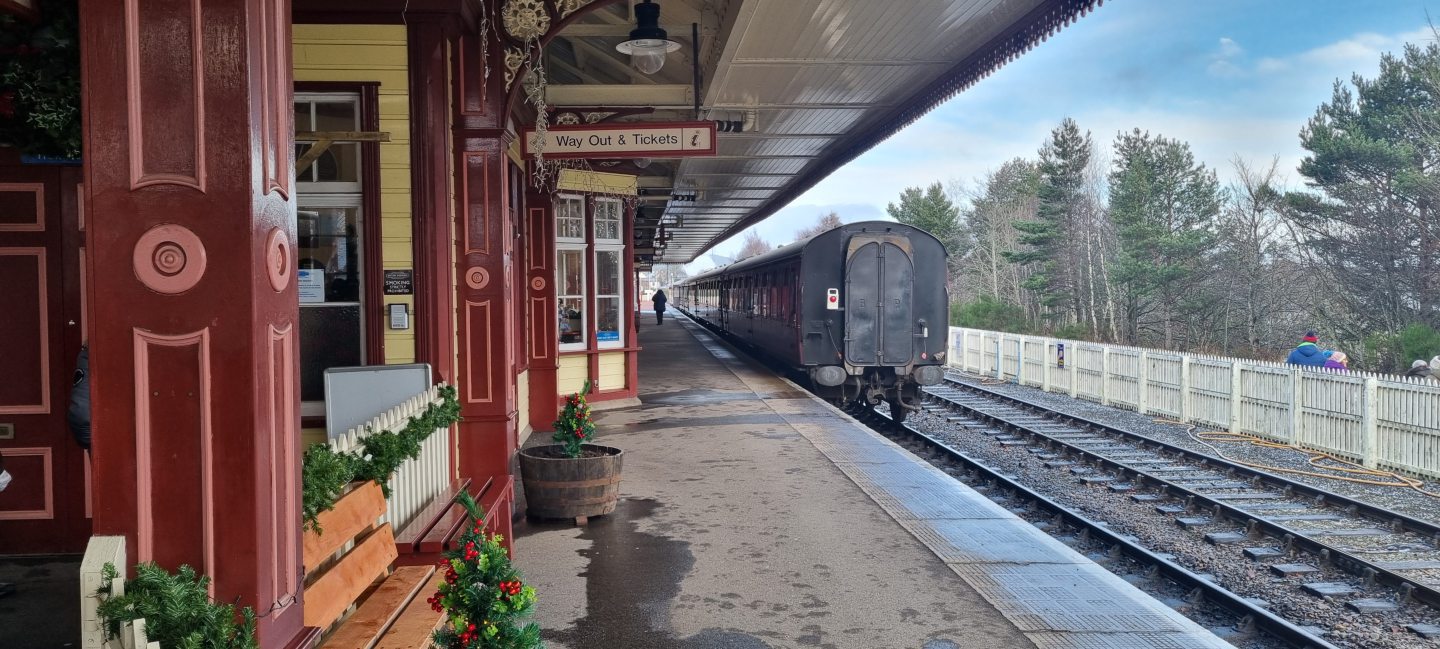
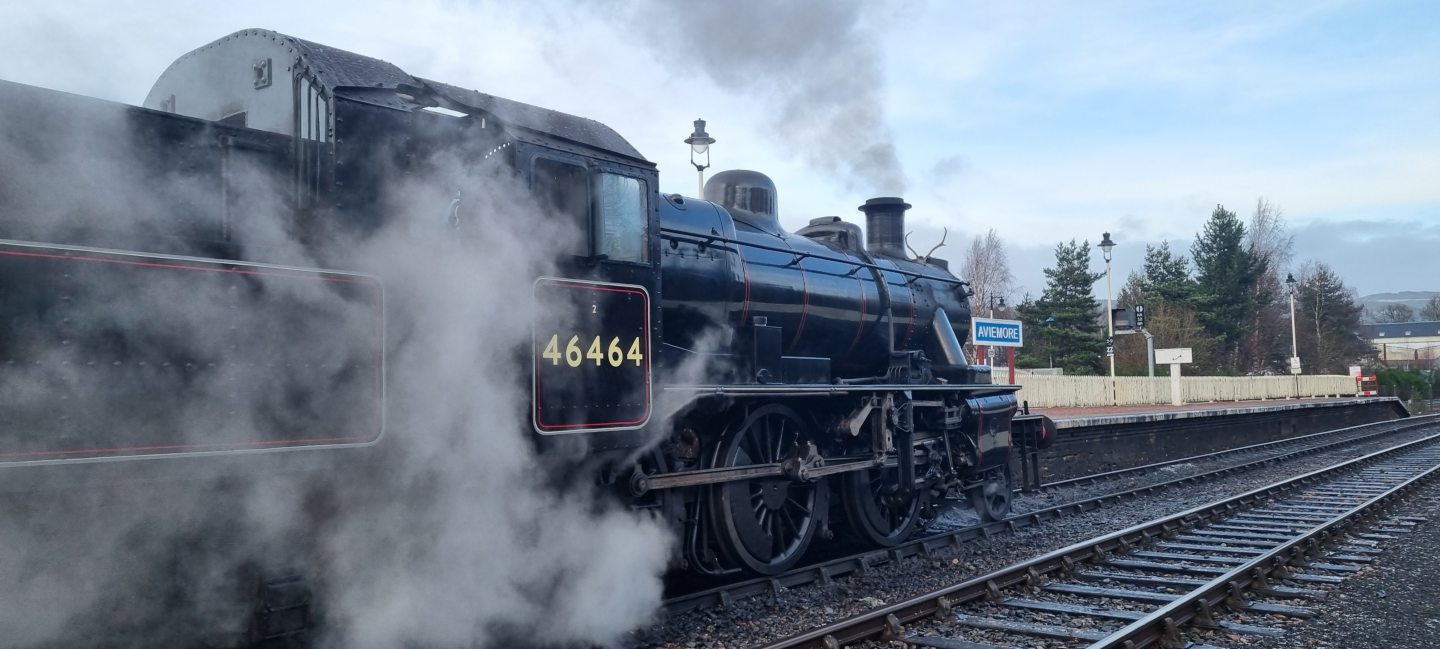
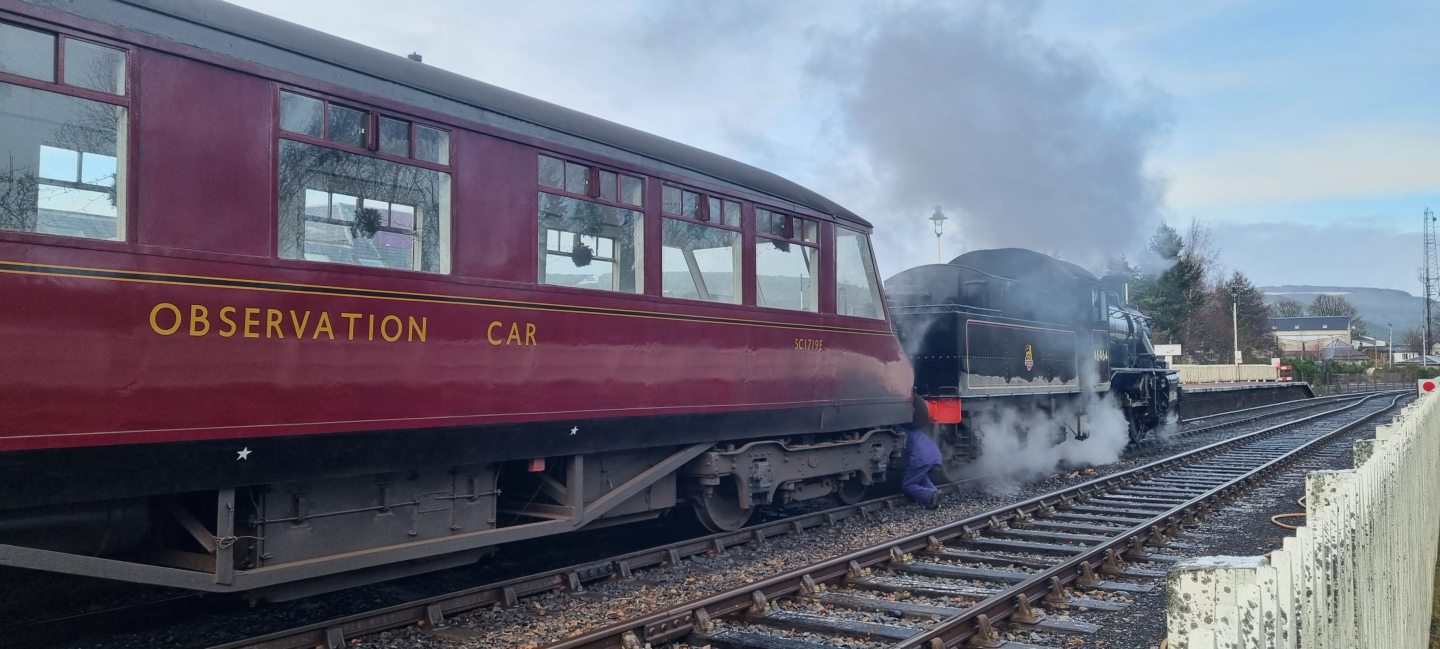
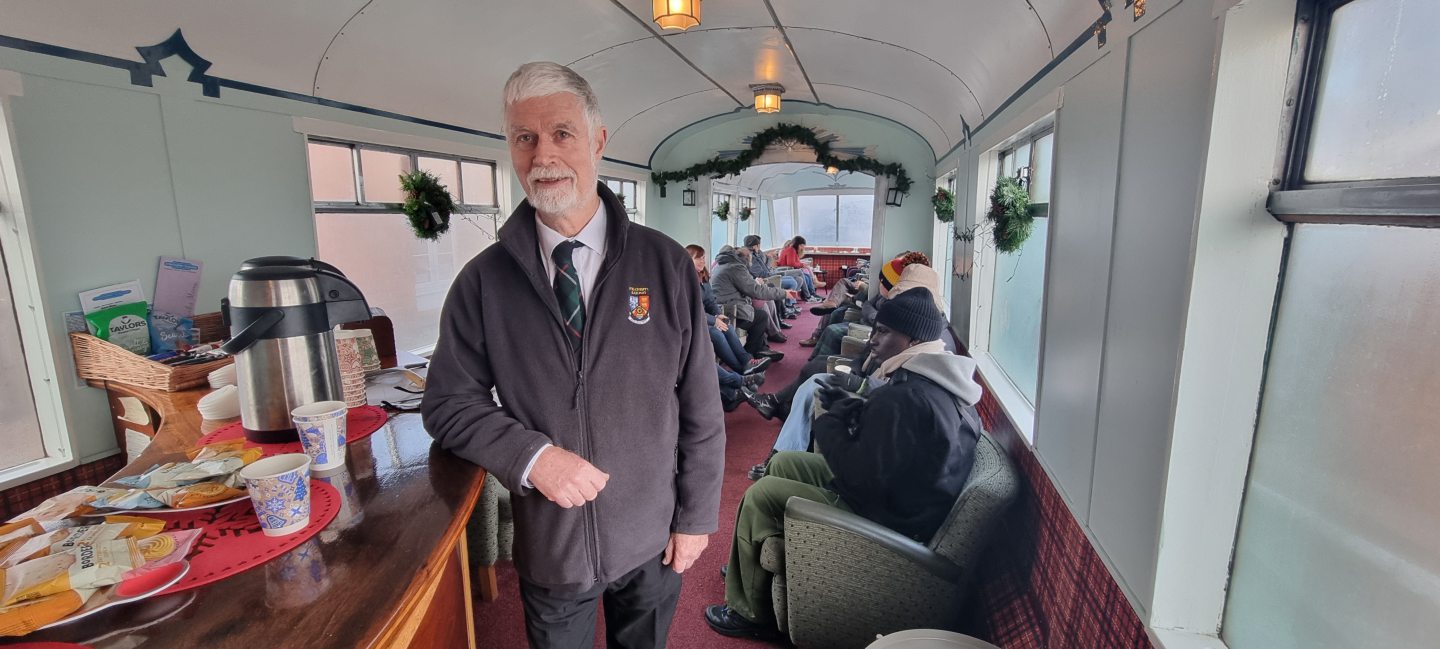
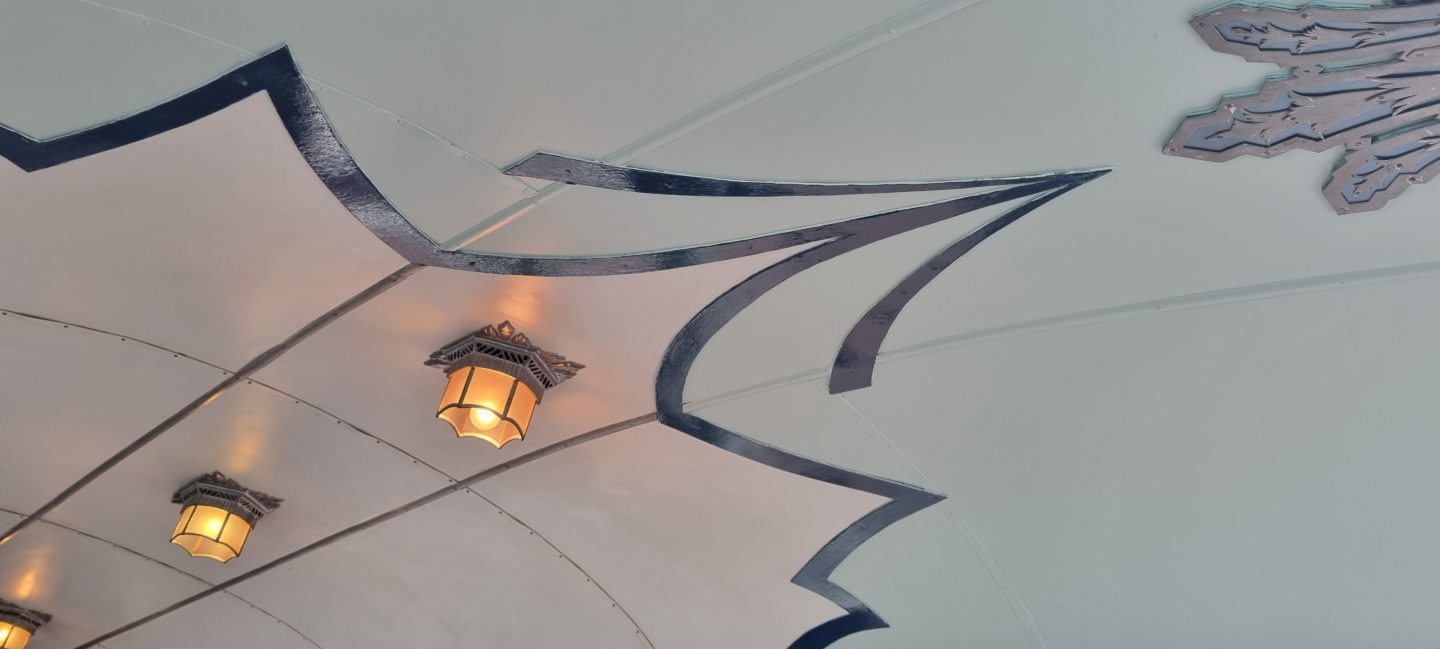
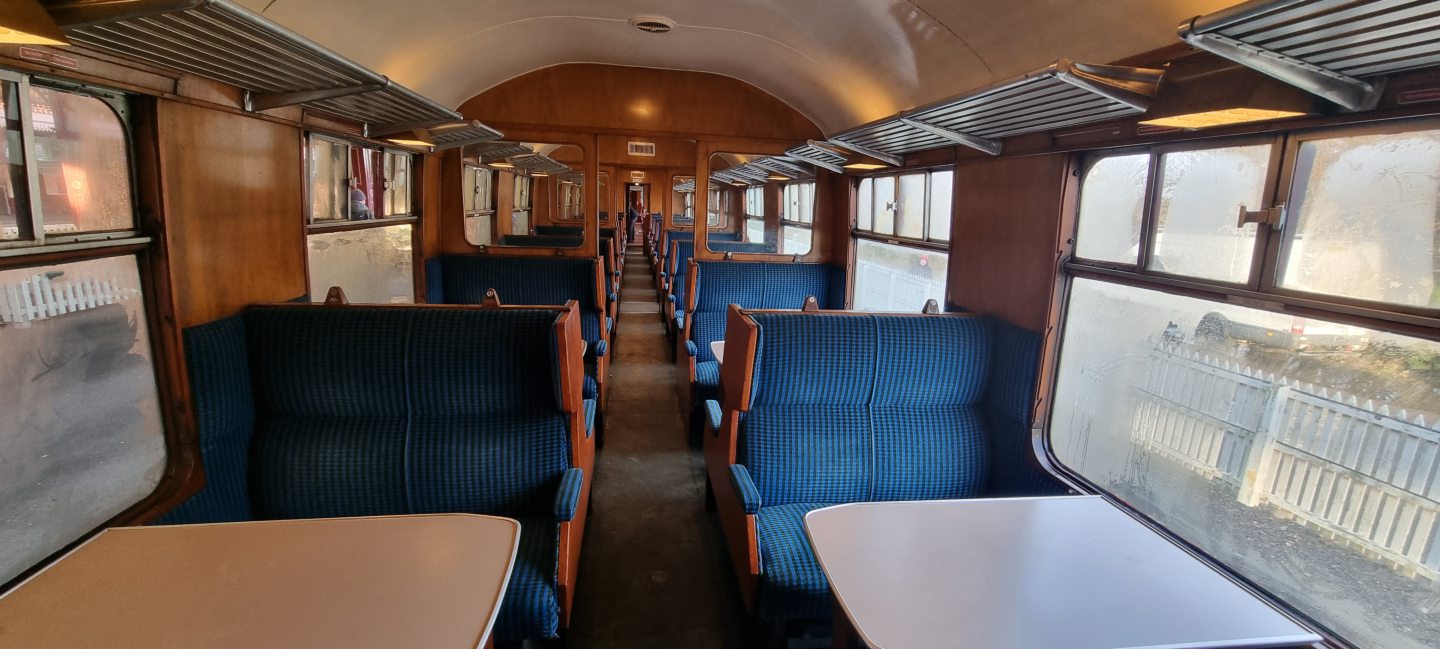
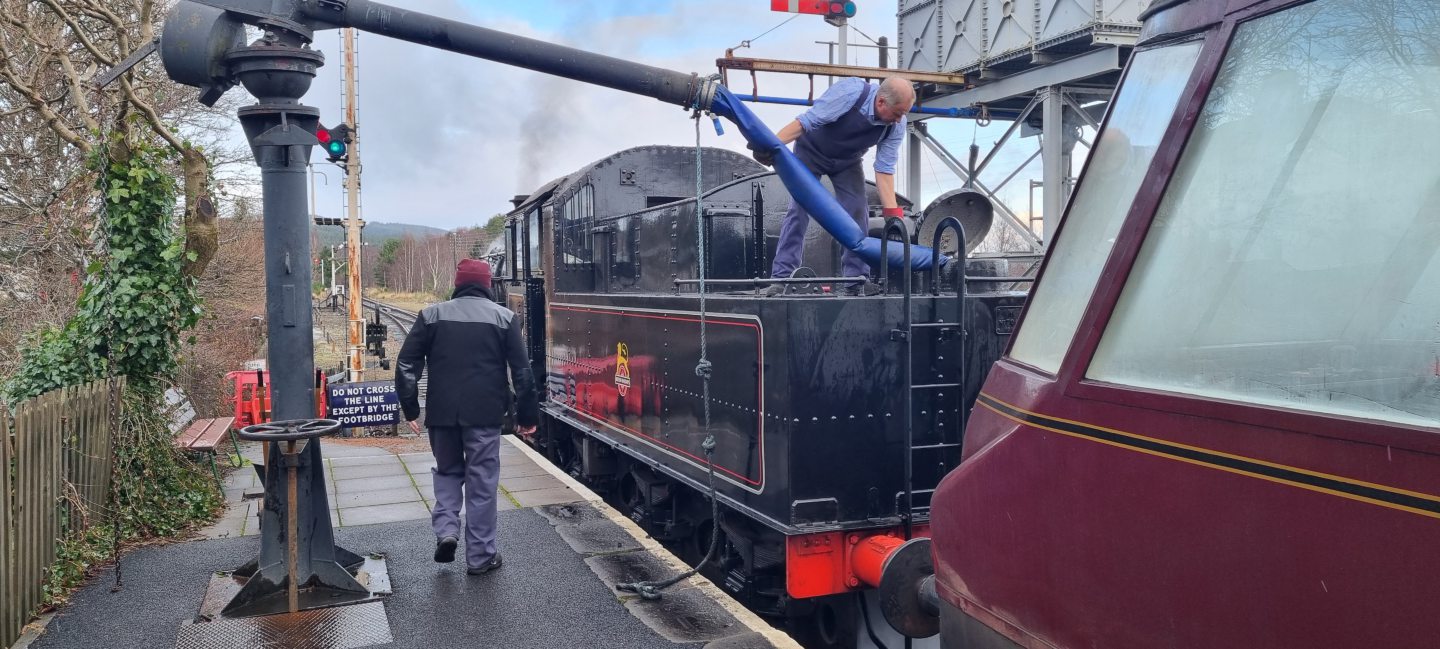
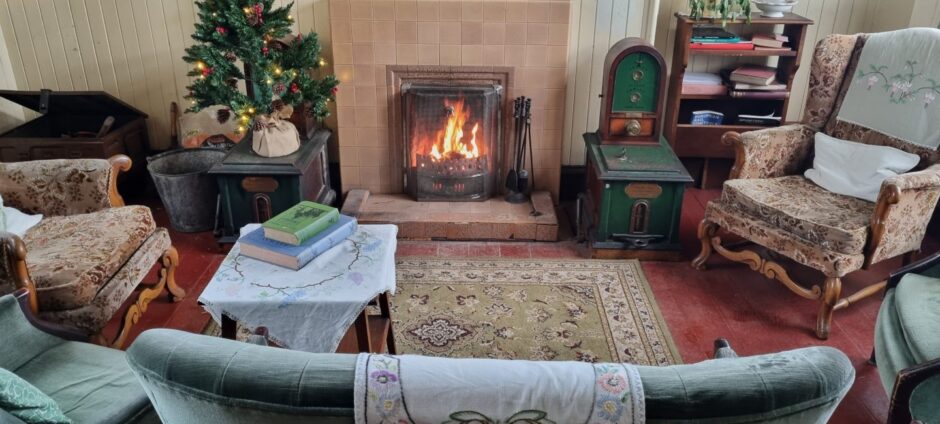
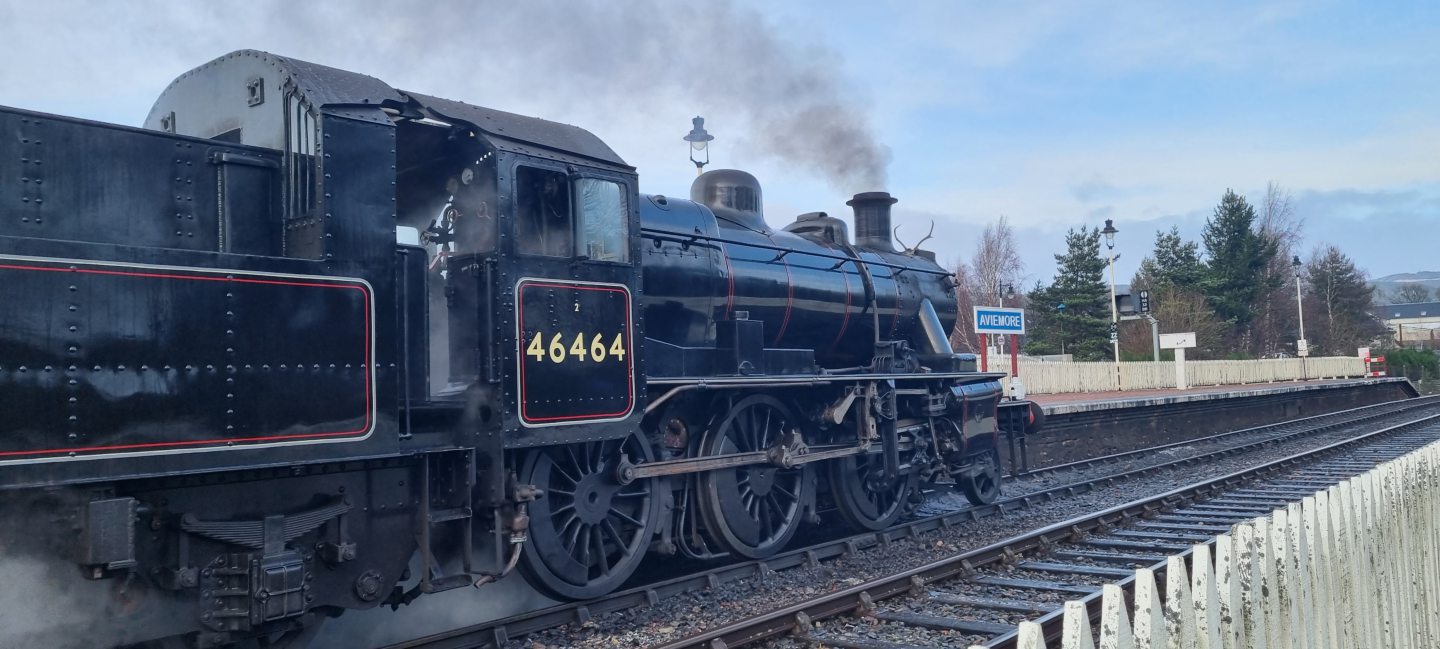
Conversation